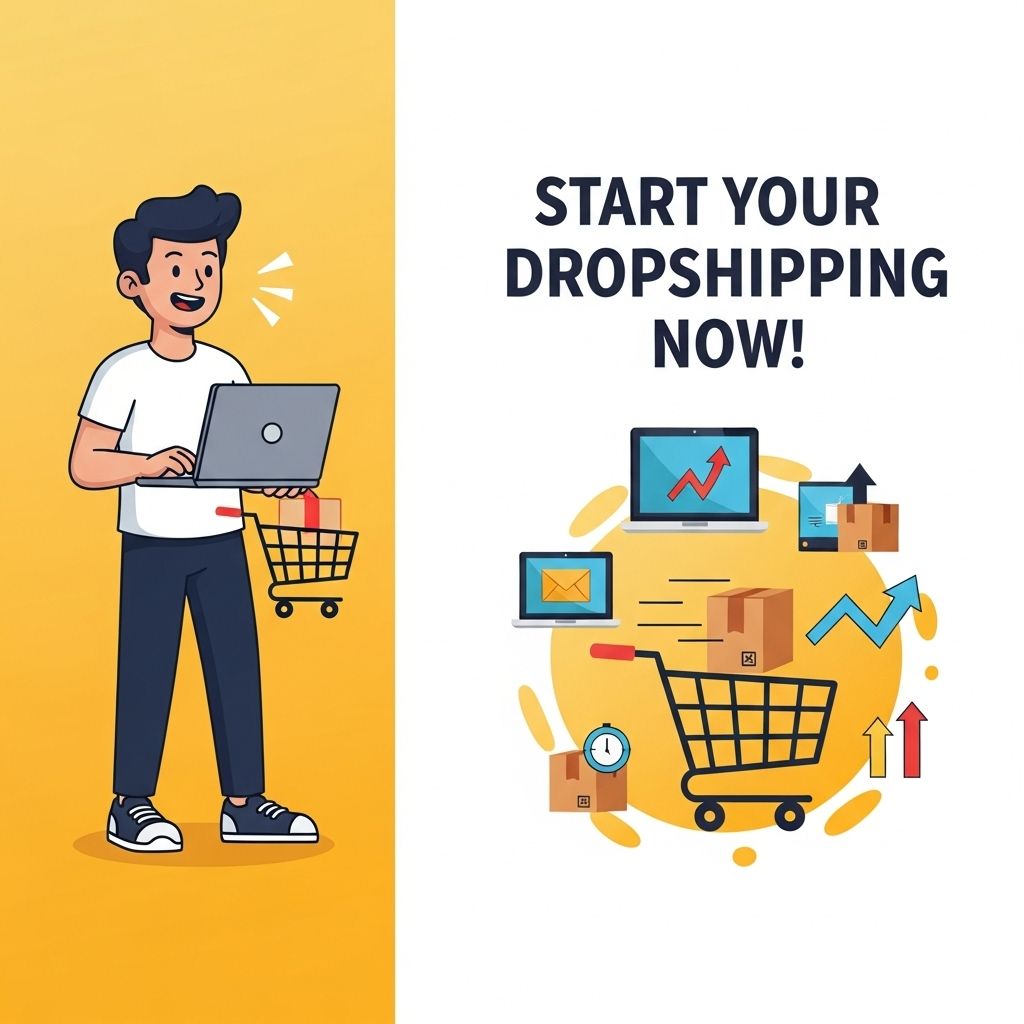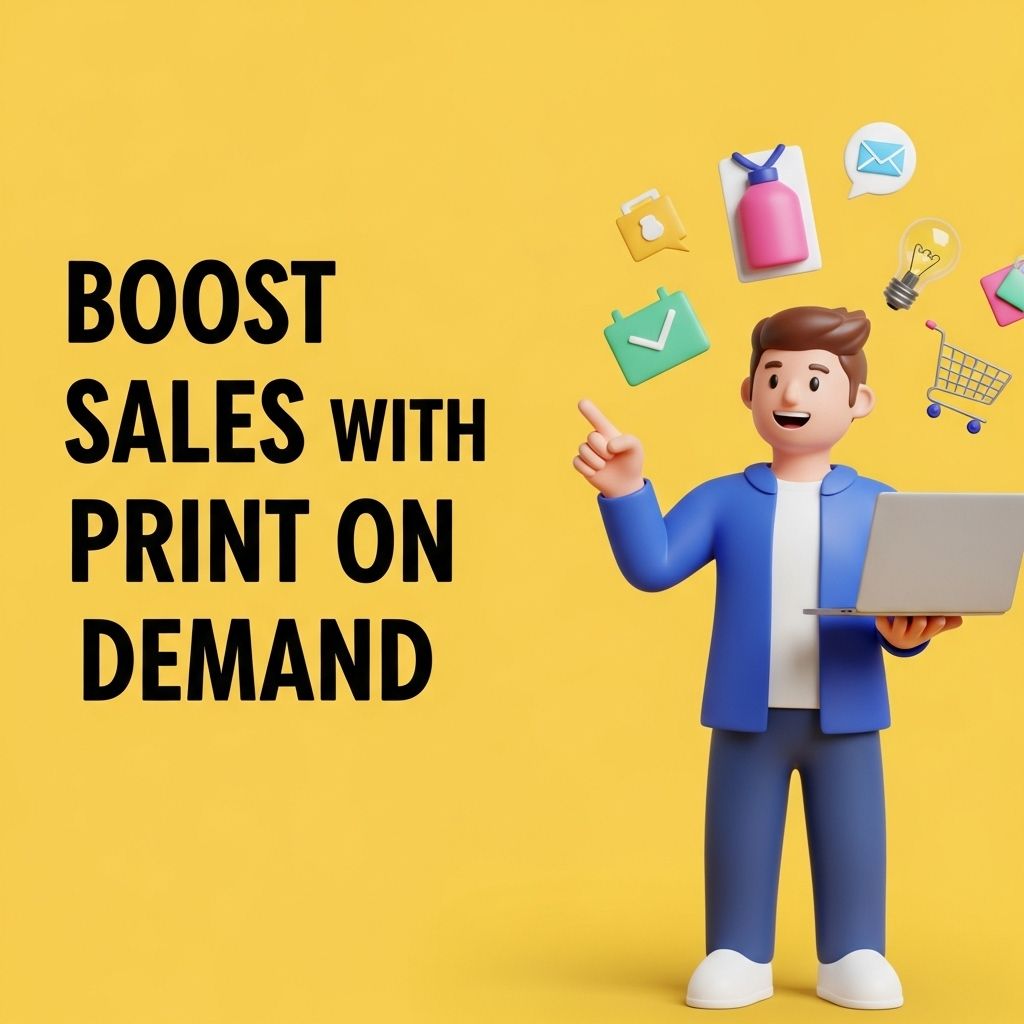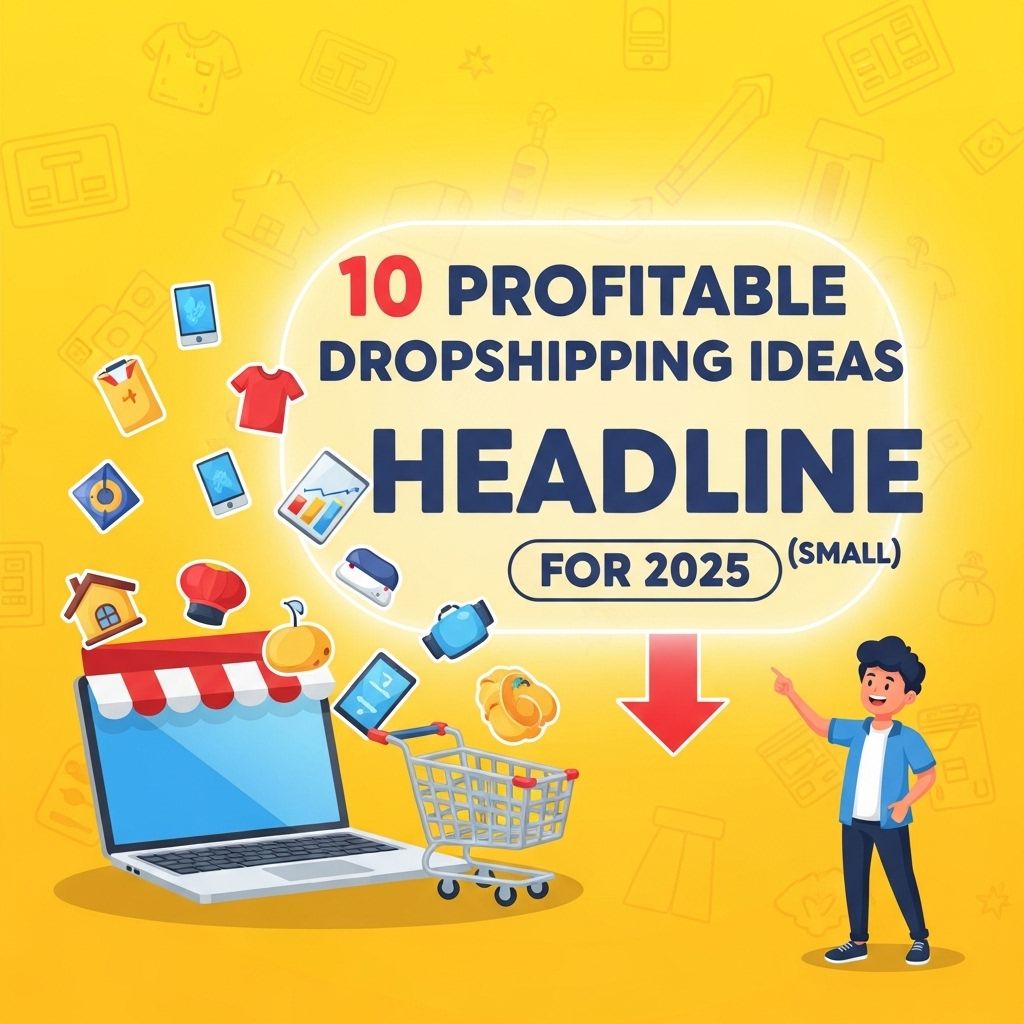Starting a profitable dropshipping business can be an exciting journey into the world of e-commerce. With minimal upfront investment and the ability to operate from anywhere, dropshipping allows entrepreneurs to sell products without holding any inventory. In this article, we’ll explore the crucial steps to launch and maintain a successful dropshipping venture, along with tips and insights to maximize your profits.
Understanding Dropshipping
Before diving into the nitty-gritty details, it’s essential to understand what dropshipping really is. In essence, dropshipping is a retail fulfillment method where a store doesn’t keep the products it sells in stock. Instead, when a store sells a product, it purchases the item from a third party and has it shipped directly to the customer. This model frees up the retailer from handling the product directly.
Benefits of Dropshipping
There are several reasons why dropshipping has become a favored business model:
- Low Startup Costs
- Flexibility
- Wide Product Selection
- No Inventory Management
- Scalability
Choosing Your Niche
The first step in starting your dropshipping business is to choose a profitable niche. A well-defined niche will make it easier to identify and target your audience effectively. Here are some tips for selecting the right niche:
Research Trends
Utilize tools like Google Trends, social media, and e-commerce platforms to identify trending products. Look for items that have consistent demand rather than fleeting fads.
Evaluate Competition
Select a niche with manageable competition. Tools like SEMrush and Ahrefs can provide insights into how many competitors exist and their strategies.
Consider Profitability
Your niche should not only be popular but also provide adequate profit margins. Some product categories to consider include:
| Category | Average Margin |
|---|---|
| Health and Beauty | 50% – 70% |
| Home Decor | 40% – 60% |
| Fashion Accessories | 30% – 50% |
| Fitness Gear | 40% – 70% |
Finding Reliable Suppliers
Your success largely depends on finding trustworthy suppliers who can fulfill orders efficiently. Here are some popular platforms to discover suppliers:
- AliExpress
- Oberlo
- SaleHoo
- Spocket
- CJDropshipping
Evaluating Suppliers
To ensure you partner with the right suppliers, consider the following:
- Product Quality
- Shipping Times
- Return Policy
- Customer Service
Building Your Online Store
With your niche and suppliers lined up, it’s time to build your online store. Several platforms are available for creating your e-commerce site:
Shopify
Shopify is user-friendly and offers numerous templates, making it an excellent choice for beginners.
WooCommerce
If you’re familiar with WordPress, WooCommerce is a powerful plugin that can turn your site into a fully functional e-commerce store.
BigCommerce
BigCommerce is ideal for scaling businesses, offering built-in features to support growth.
Creating a Marketing Strategy
Once your store is set up, the next step is to drive traffic and generate sales. A robust marketing strategy is essential for reaching your audience effectively.
Search Engine Optimization (SEO)
Optimize your website for search engines to improve organic traffic. Focus on:
- Keyword Research
- On-Page SEO
- Content Marketing
Social Media Marketing
Utilize platforms such as Instagram, Facebook, and Pinterest to promote your products. Engaging visuals and targeted ads can help connect you with potential customers.
Email Marketing
Build an email list to keep your customers informed about promotions and new arrivals. Consider offering a discount on their first purchase as an incentive.
Managing Customer Service
A critical aspect of running a dropshipping business is managing customer service effectively. Happy customers are more likely to return and recommend your store.
Responsive Communication
Be prompt in responding to customer inquiries and addressing issues. Use tools like Zendesk or Freshdesk to manage support tickets efficiently.
Return and Refund Policies
Clearly outline return and refund policies on your website. Transparency fosters trust and can lead to higher customer satisfaction.
Analyzing and Optimizing Your Business
Once your business starts gaining traction, it’s crucial to analyze performance data regularly. Key metrics to monitor include:
- Conversion Rate
- Customer Acquisition Cost
- Average Order Value
Utilizing Analytics Tools
Google Analytics and your platform’s built-in analytics can provide valuable insights into customer behavior and sales performance.
A/B Testing
Experiment with different marketing strategies, product displays, and pricing to determine what resonates best with your audience.
Conclusion
Starting a profitable dropshipping business requires thorough research, effective marketing, and a commitment to customer satisfaction. By following the outlined steps and continuously optimizing your practices, you’ll position yourself for success in the e-commerce landscape. Remember, persistence and adaptability are keys to navigating the changes within the industry and achieving lasting profitability.
FAQ
What is dropshipping and how does it work?
Dropshipping is a retail fulfillment method where a store doesn’t keep the products it sells in stock. Instead, when a store sells a product, it purchases the item from a third party and has it shipped directly to the customer.
What are the essential steps to start a dropshipping business?
To start a dropshipping business, you need to choose a niche, conduct market research, find reliable suppliers, set up an e-commerce platform, create a marketing plan, and launch your store.
How do I choose the right products for my dropshipping store?
Choose products based on market demand, profit margins, competition analysis, and your personal interests. Use tools like Google Trends and keyword research tools to identify potential products.
What are the best platforms for dropshipping?
Some of the best platforms for dropshipping include Shopify, WooCommerce, BigCommerce, and Wix. Each has its own features and pricing, so choose one that fits your business model.
How can I effectively market my dropshipping business?
Effectively market your dropshipping business through social media advertising, search engine optimization (SEO), content marketing, and email marketing to reach your target audience.
What are the common challenges in dropshipping and how can I overcome them?
Common challenges include supplier issues, low-profit margins, and high competition. You can overcome these by building strong relationships with suppliers, carefully selecting your products, and focusing on niche markets.




